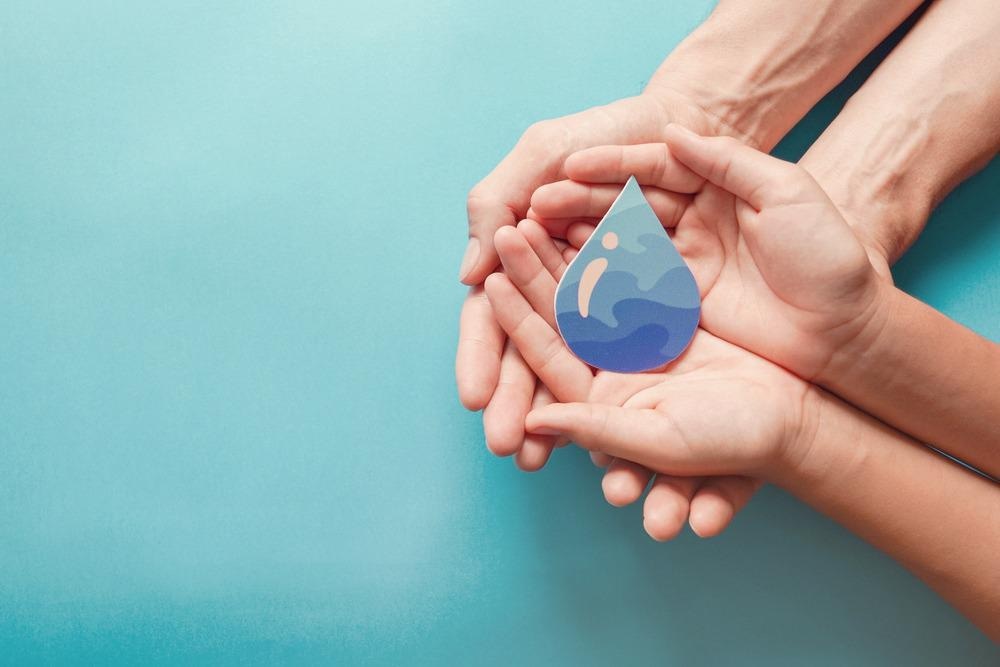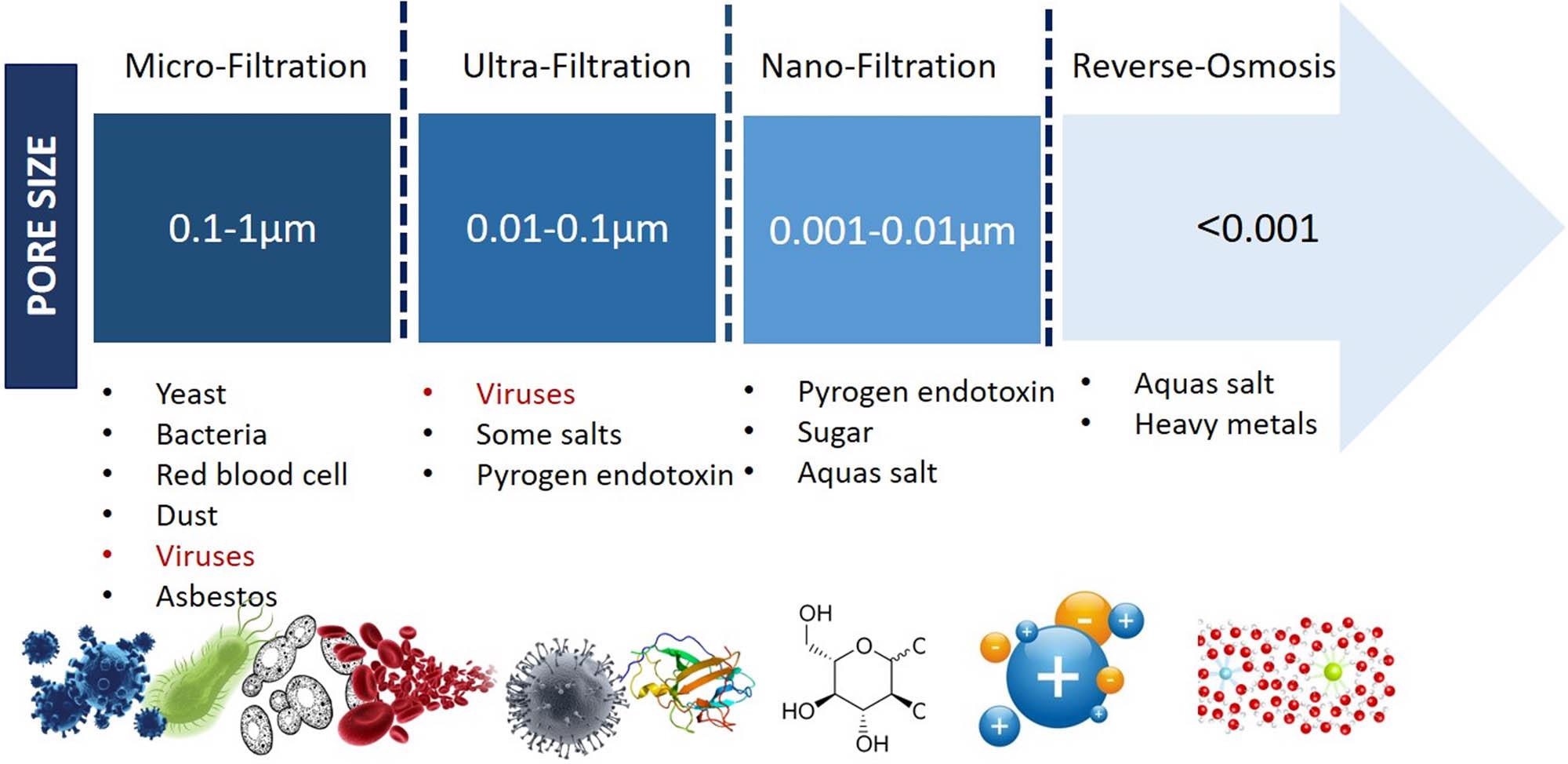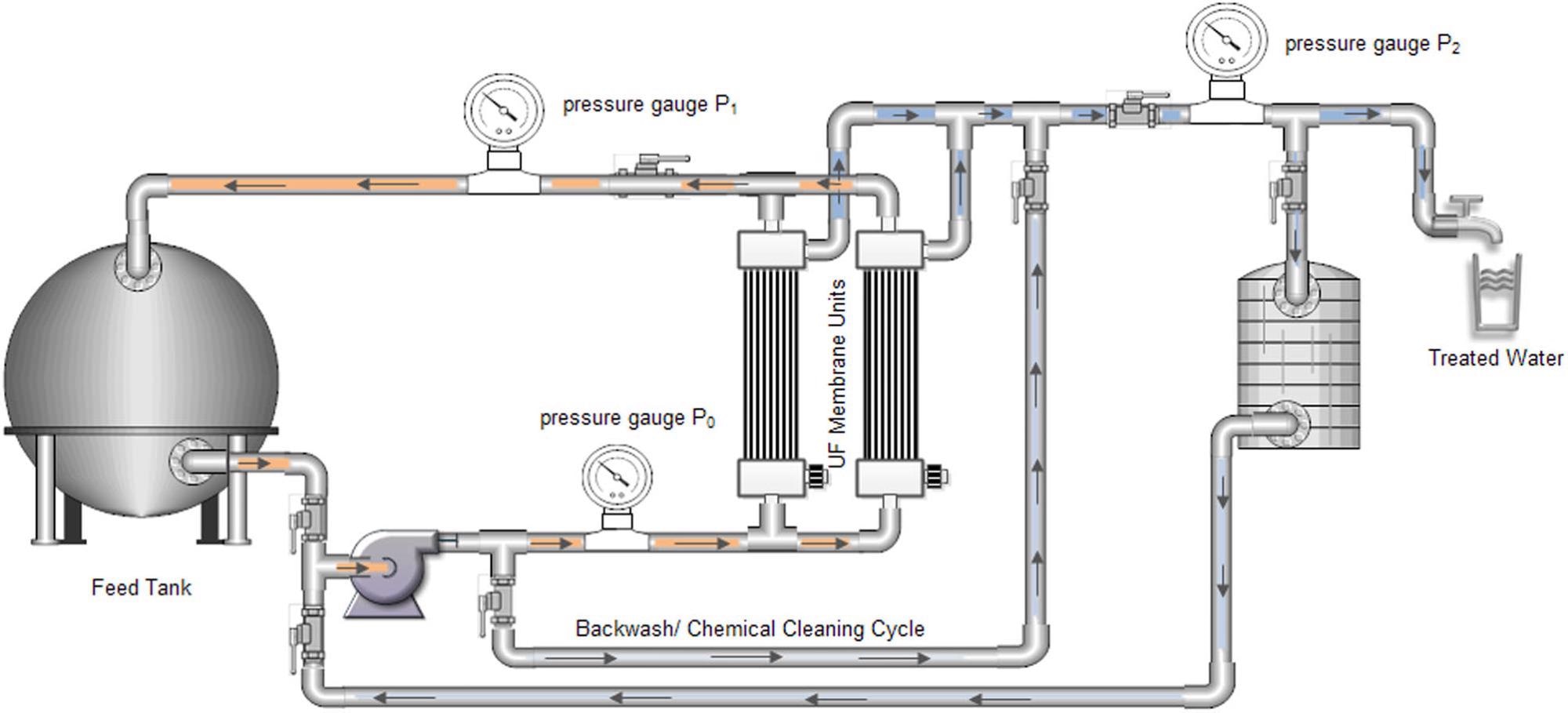Research published in the journal Nanotechnology Reviews has indicated that membrane techniques are extremely appealing options for viral elimination in water sources.

Study: Proposed approaches for coronaviruses elimination from wastewater: Membrane techniques and nanotechnology solutions. Image Credit: SewCream/Shutterstock.com
Every year, dangerous microorganisms such as bacteria and fungi kill millions of people owing to diseases like cholera, hepatitis A virus HAV, typhoid, and diarrhea. To prevent the spread of SARS-CoV-2, a better understanding of the virus in feces and wastewater is required. Many studies have established the presence of SARS and MERS in wastewater, and SARS-CoV-2 (COVID-19) is no exception.
Traditional Ways to Monitor Water Condition
Throughout the last 20 years, environmentalists have proceeded to establish a plan for monitoring and researching epidemiological methodologies to quantify the combined, collective, or health state of entire populations. Furthermore, wastewater monitoring has been routinely employed to identify illegal chemical hotspots.
The most recent wastewater virus surveillance research has concentrated on the presence of human enteric viruses in wastewater and wastewater-infected ecosystems. These investigations found a strong link between local viral outbreaks and excessive virus levels. Wastewater-based epidemiology (WBE) may be effective for identifying new and re-emerging diseases in the environment, as well as serving as an early warning sign for health care mitigation.
Membrane Technology as a Prominence Finding
The trend of human infection reveals the existence and diversity of harmful viruses in wastewater, and the identification of viruses in various water matrices and collection locations determines the appropriate wastewater pre-treatment strategies. Membranes have risen to prominence in chemical technology and are used in a wide variety of uses.
The primary notion under consideration is a membrane's ability to manage the passage or penetration rate of different molecules through the membrane. The separation technique is the most prevalent membrane application. The goal is to allow one element of a mixture to freely pass or permeate the membrane while also preventing other components from doing so.

Classification of membrane processes according to pore size and criteria of removal. Image Credit: Eloffy, M., et al
Combination of Nanotechnology and Membrane
Virus eradication is one of the most specific systems of membrane technologies, particularly as water reuse becomes more common. Membranes are currently regarded as suitable means of disinfection and optimal separation processes for a variety of effluents. The forecasting and treatment of viruses in wastewater is among the most significant applications of nanomaterials.
Nanomaterials offer special features that make them ideal for the production of sensors, spectrum devices, and approaches for detecting, treating, and removing viruses from wastewater. COVID-19 detection using a plasmonic gold NP-based bioassay in 10 minutes. The developed test is fairly simple, relying on the color shift (from purple to blue) of gold NPs when they combine with the virus's gene sequence. Membranes, in addition to nanosensors, can be used in the sensing process.
Inactivate CoVs in the Water
In general, the capacity to absorb organic contaminants is highly connected to the adsorbent's high specific surface area. As a result, producing nanometre adsorbents with high specific surface area, tiny particle size, and relatively low diffusion resistance can improve absorption capacity.
Magnetic nanoparticles have been shown to have higher adsorption efficiency than bacteria or viruses. TiO2 oxidizes strongly in the presence of UV radiation. As a result of the photocatalytic reaction, it can be utilized as a disinfectant. Their research discovered that photocatalysis might be employed to inactivate CoVs using standard photocatalytical substances.

The use of ultrafiltration membrane system for virus removal from domestic water. Image Credit: Eloffy, M., et al
Nanotechnology in Improving Virus Elimination
Nanotechnology plays a critical role in improving virus elimination membrane efficacy. Membranes were modified by mixing virucidal nanomaterials with a membrane during the production stage, resulting in the addition of virucidal capability to the membrane. To develop antiviral membrane filters, virucidal nanoparticles have been integrated into membrane matrices, often known as mixed-matrix (MM) membranes.
Membrane-based detectors have numerous applications, with the potential to be useful in the removal and detection of viruses in water in the coming years. Many recent studies have used various types of nanomaterials as either antibacterial agents or efficient drug delivery systems to boost the effectiveness of newly designed COVID-19 medicines.
Disinfection by chlorination, ozone, or UV can inactivate viruses sufficiently to prevent them from entering the environment via streams, and ozone and UV appear to be more efficient than chlorine.
Further Research
If a wastewater based epidemiology strategy is implemented, wastewater treatment facilities may be an answer for early illness diagnosis in each area. As a result, greater research into the role of drug-loaded nanomaterial-based delivery methods should be conducted. Furthermore, the response mechanisms through which nanomaterials can operate as prospective nanovaccines or nanodrugs for COVID-19 patients should be studied.
Continue reading: Effect of Nano-Perovskite Structure on Suppressing the SARS-CoV-2 Infection.
Reference
Eloffy, M., El-Sherif, D., Abouzid, M., Elkodous, M., El-nakhas, H., Sadek, R., Ghorab, M., Al-Anazi, A. and El-Sayyad, G., (2021) Proposed approaches for coronaviruses elimination from wastewater: Membrane techniques and nanotechnology solutions. Nanotechnology Reviews, 11(1), pp.1-25. Available at: https://www.degruyter.com/document/doi/10.1515/ntrev-2022-0001/html
Disclaimer: The views expressed here are those of the author expressed in their private capacity and do not necessarily represent the views of AZoM.com Limited T/A AZoNetwork the owner and operator of this website. This disclaimer forms part of the Terms and conditions of use of this website.